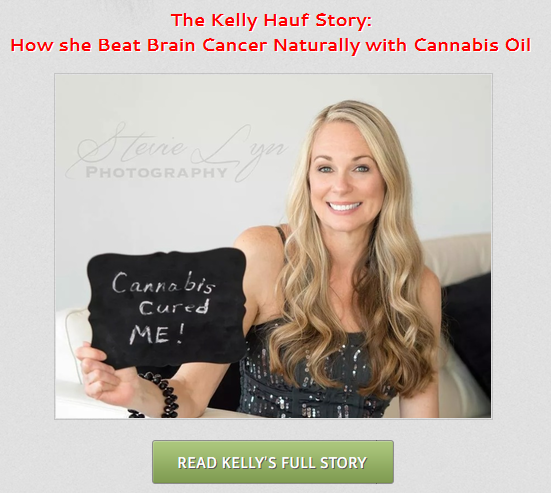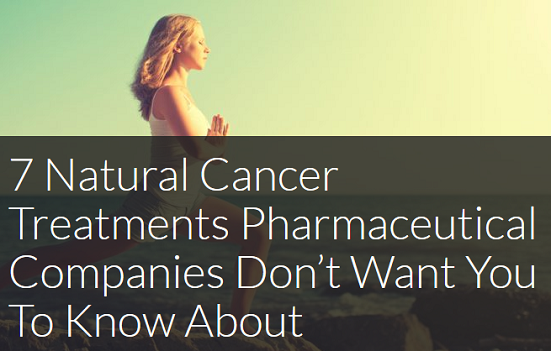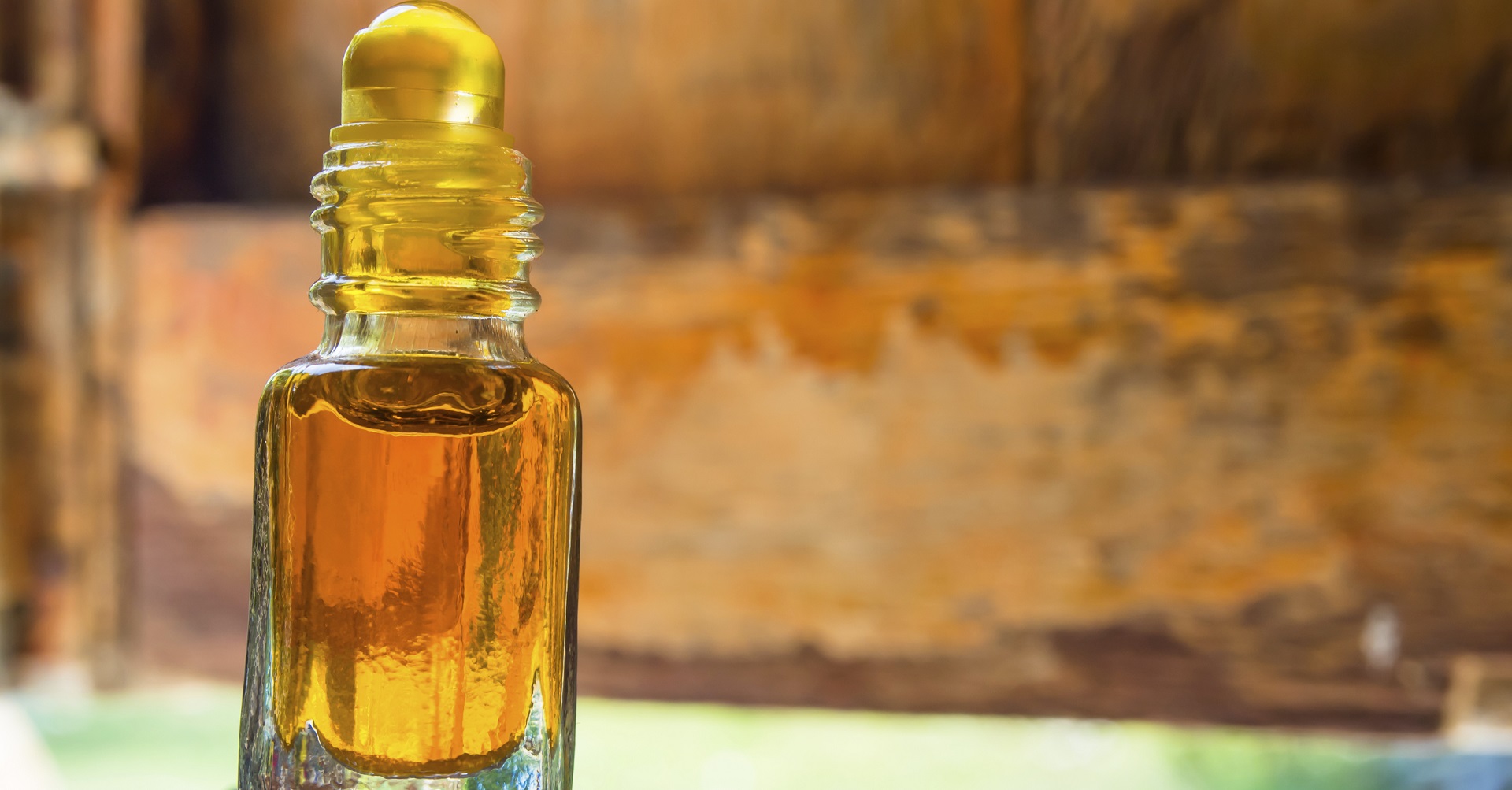If you’ve spent any time at all on social media, chances are that you’ve seen the claims that “cannabis oil cures cancer ” and “pharmaceutical companies don’t want you to know ”. And it’s not just cannabis oil – “high doses of vitamin C cure cancer ” and “olive oil compounds kill cancer cells in 30 minutes”. If these claims are to be believed, the natural world is brimming with untapped cancer treatments and big pharmaceutical companies are blocking access to these alternative cures, in order to safe-guard their profits.

Source: www.cureyourowncancer.org

Source: http://reset.me/story
With these alternative treatment theories being so widely shared, many patients begin to question the treatment regime that their doctor recommends. In the past year alone, Dr Sarah Rayne, a specialist breast surgeon at the Milpark Hospital and Helen Joseph Hospital, says she’s seen a huge uptick in patients asking her about cannabis oil and high-dose vitamin C, and in some cases, even resisting the path of treatment that she recommends.
We spoke to Dr Sarah to get an understanding of the facts versus the hype around cannabis oil, and how the pharmaceutical industry is responding to its potential.
Is there a conspiracy by the pharmaceutical industry to cover up the benefits of cannabis oil? The pharmaceutical industry is always on the lookout for new molecules to test and turn into medicines or treatments. And they are also perfectly willing to test natural ingredients. For example, aspirin, which has radically improved the outcomes for cardiovascular patients is made from the bark of the willow tree. And taxol, which is a very effective treatment for breast cancer, is made from the bark of the pacific yew tree. In fact, in the United States patients can be prescribed medical-grade cannabis for easing the symptoms of multiple sclerosis or Parkinson’s Disease.
However, before any new drug can be approved for medical use, it has to go through rigorous testing processes – the same processes as any product created in a laboratory goes through – and these have not yet been completed, or shown sufficient results in the case of cannabis oil.
How do these rigorous tests benefit the public? These pre-clinical and clinical trials mean that when a new drug goes into production, researchers know whether it is safe, at what dose it is effective and at what dose the side-effects become unreasonable. This process takes around ten years. If the new drug is either more effective or produces less side effects than the current best treatment, it will go into production.
How has cannabis oil been tested?
We aren’t yet anywhere near ready to start accepting cannabis oil as a cancer cure
In the case of cannabis oil, an early pre-trial study has shown that it had an effect on cancer cells in laboratory. However, it has also been shown that some tumours start become resistant to the cannabis oil, and that under some circumstances, cannabis oil can harm crucial blood vessel cells or even encourage cancer cells to grow. These types of conflicting results are normal in the early testing stages of a new drug – which is why the tests are so important to determine side effects and dosages – but shows that we aren’t yet anywhere near ready to start offering cannabis oil as a cancer cure, and may never get there. We have no idea whether it is effective in humans and if so, whether it is more effective than the best current treatment.
But what about the reported cases of people curing cancer with cannabis? Social media and the media report widely on any “new cancer cure”, but in the absence of a controlled clinical trial, these anecdotal reports can’t be taken as evidence of anything. A collection of seemingly successful cases certainly doesn’t constitute a clinical trial and in many cases, these reports simply aren’t true.
In many cases, cancer patients feel better when they are trying alternative treatments because they have hope and a feeling of control – as well as none of the side-effects of chemotherapy. However, this does not mean that their cancer is being cured.
If there’s a chance that a person can be cured without chemotherapy, shouldn’t they take it? A patient’s best hope of successfully treating cancer is to start on the medically recommended course of treatment as soon as possible. It is not a good idea to delay cancer treatment to try products that are not proven to work.
Is there any benefit to using cannabis oil at all? Medical-grade cannabis is available for use in the United States to treat a variety of conditions, ranging from epilepsy to Crohn’s Disease. It is also available for use in alleviating the symptoms of cancer treatment in many states.
If you are considering using cannabis oil for this purpose alongside medical cancer treatment (bearing in mind that it is not legal in South Africa), it is vital that you disclose this to your healthcare practitioner.
The bottom line Scientific methods have been put in place to protect the public. Alternative and natural remedies aren’t being withheld as part of some conspiracy, but are rather being rigorously tested before they can be widely used – and are abandoned by medical science if they are proven to be ineffective.
People selling alternative cures for cancer are trading in hope, which is a very valuable commodity, but a patient’s greatest hope for a cancer cure lies with the surgeon and oncologist, and not in some secret natural product that hasn’t been properly studied or tested.
If you hear about a new, natural cancer treatment, do your research and speak to your healthcare provider – bearing in mind that many natural health websites overstate the results of pre-trial studies, and ignore the lack of clinical evidence supporting their claims.
Screening: mammography or thermography?Breast thermography is a type of scan that looks for heat patterns in the body – fast-growing cancer generates heat – and has been touted as a alternative to mammograms for screening for breast cancer.
Mammograms use low-dose radiation to capture an image of your breast tissue, but because there are many negative associations with radiation, some people believe that mammograms are risky. In fact, a typical mammogram exposes a woman to only the same amount of radiation as she would get from her natural surroundings in about seven weeks.
The problem with thermography is that it doesn’t detect slow-growing types of cancer, which means that it has no benefit beyond above any other screening procedure already in use.
Since the radiation exposure of mammography does not present a significant risk to patients, and it is effective in terms of potential early detection of breast cancer, thermography is not a viable screening alternative.




